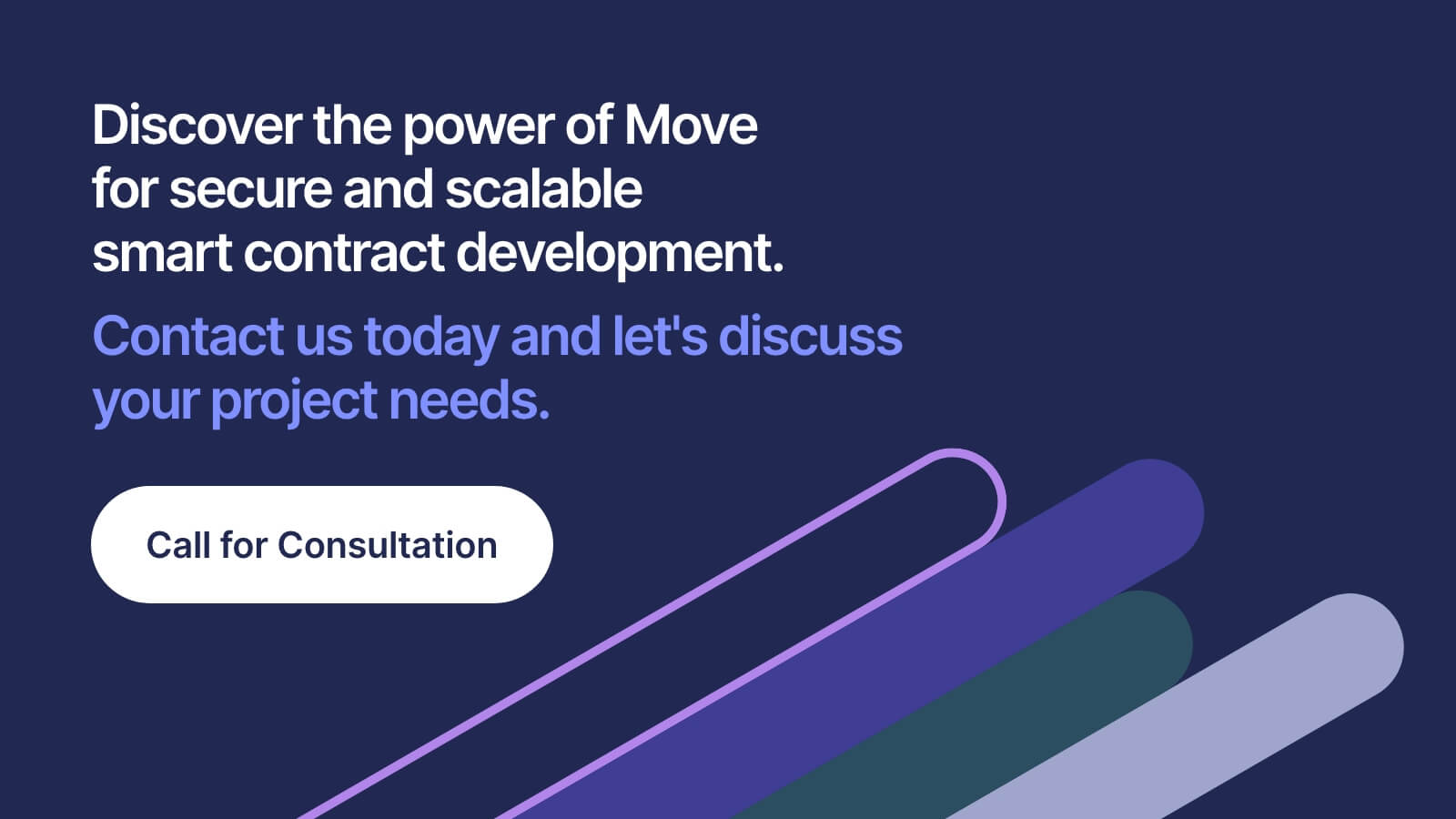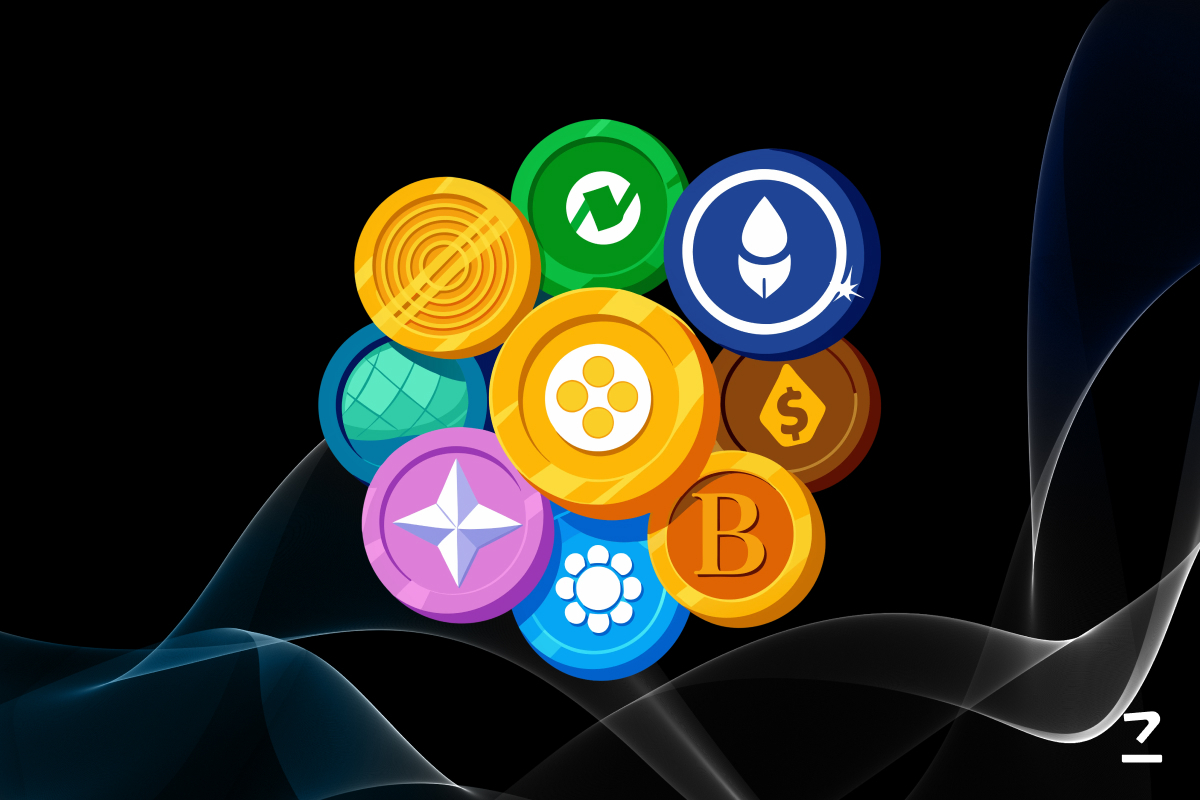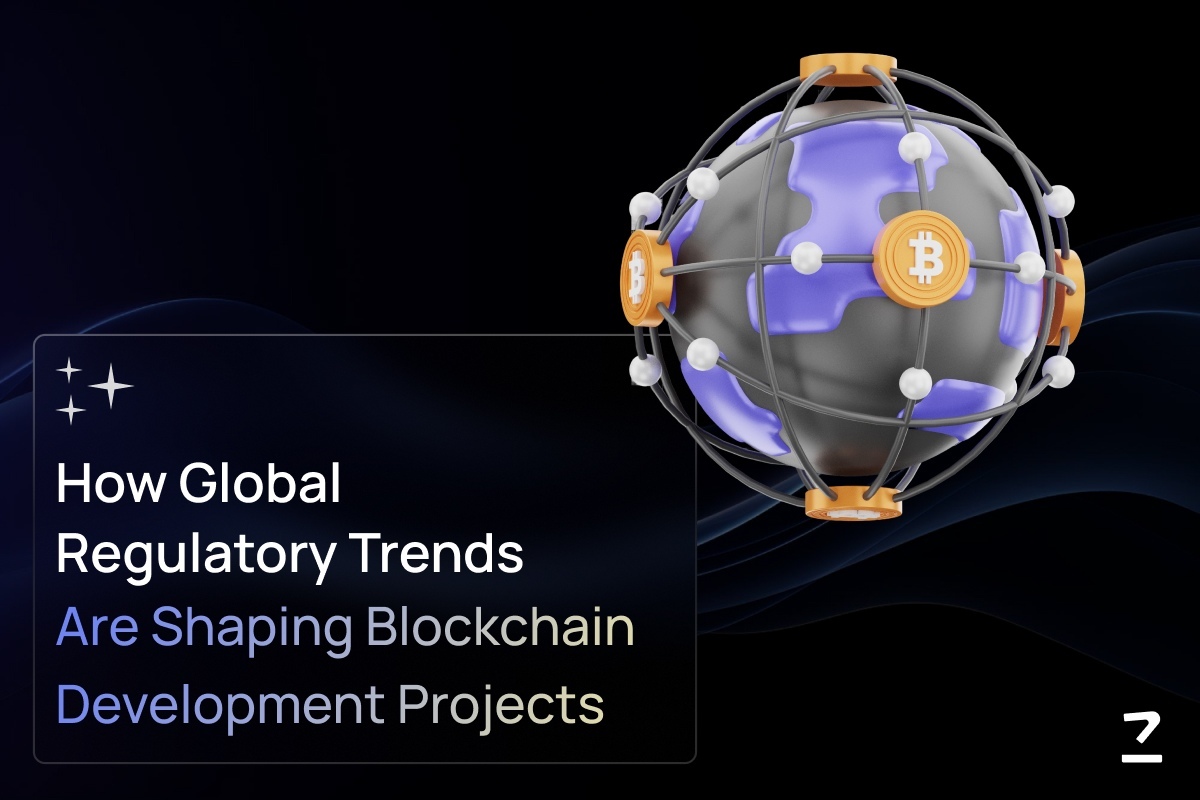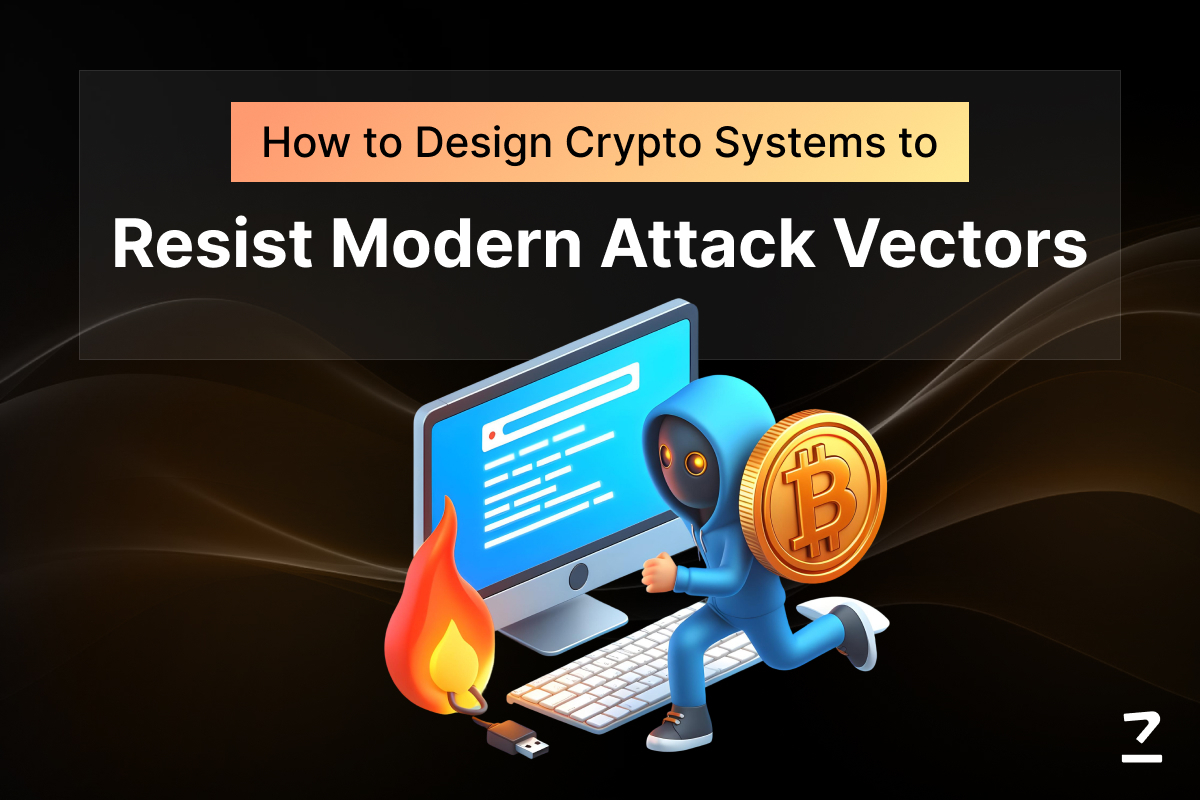SHARE THIS ARTICLE
Move Programming Language: The Ideal Solution for Scalable and Secure Blockchain Development

Move Programming Language was created by the Libra Association, a consortium of companies and organizations that includes Facebook. The Libra Association has since evolved into the Diem Association, and it remains one of the main organizations driving the development and adoption of this language.
In addition to the Diem Association, there are also other companies and organizations that are actively involved in its development, including the Move Development Company. This company is focused on building tools, libraries, and other resources that make it easier for developers to use Move in their blockchain applications.
The Move Development Company is committed to making it a more accessible and user-friendly language, while also maintaining its focus on security and scalability. By working closely with the Diem Association and other stakeholders in the blockchain community, the Move Development Company is helping to shape the future of Blockchain development and make it more accessible to a wider range of developers and users.
What is Move languages?
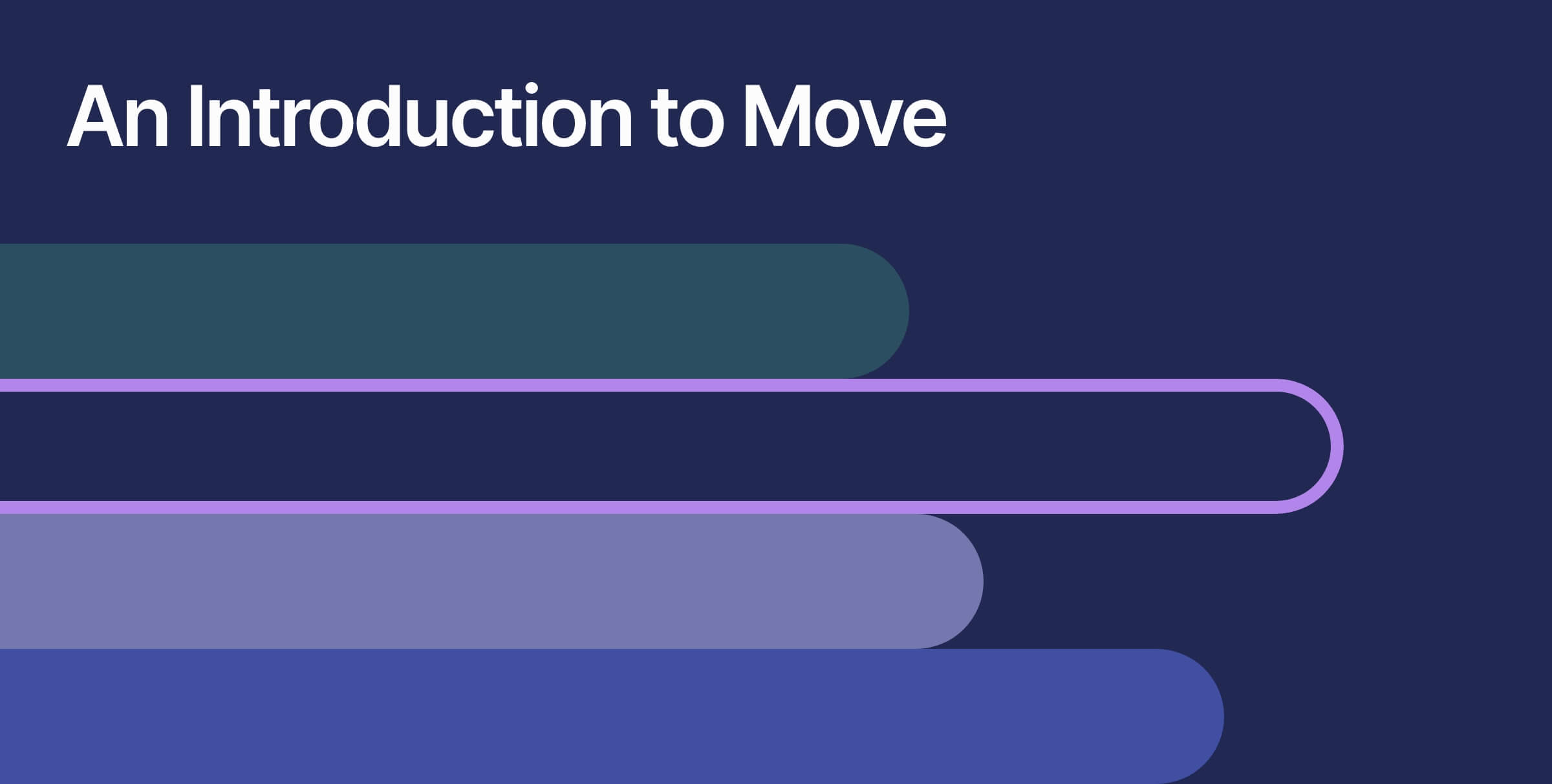
Move is a programming language developed by Facebook's Diem Association specifically for the Diem blockchain, which aims to provide a more secure and efficient way to transact digital currencies. Move is a statically-typed language that is designed to help developers write safer and more reliable smart contracts. It uses a resource-oriented programming model, which allows for ownership and transfer of resources to be tracked and verified by the Blockchain's consensus mechanism.
The Move language directory consists of five parts:
-
The Virtual Machine (VM), containing the bytecode format, a bytecode interpreter, and infrastructure to generate the genesis block of the Libra blockchain as well as subsequent blocks of transactions.
-
The bytecode verifier, containing a static analysis tool which is used by the virtual machine to verify any new Move code before executing.
-
The Move intermediate representation (IR) compiler, which compiles human-readable program text into Move bytecode.
-
The standard library, containing the Move IR code for the core system modules (e.g. LibraAccount and LibraCoin).
Move Programming Language provides several benefits for blockchain development:
-
Security: Move's design is focused on security, with features such as resource verification and module boundaries that make it easier for developers to prevent vulnerabilities and avoid common programming errors. This is particularly important in blockchain development, where the security of smart contracts and transactions is critical.
-
Scalability: It is a unique resource management system that makes it easier to handle large volumes of transactions and data, which is essential for blockchain applications that need to handle a high volume of transactions in a timely manner.
-
Efficiency: Move's bytecode is designed to be compact, which reduces the amount of storage and bandwidth required to execute transactions on the blockchain. This makes it well-suited for use in low-bandwidth environments, such as mobile devices.
-
Accessibility: Move is designed to be easy to learn and use, with a clean and simple syntax that is similar to other programming languages. This makes it more accessible to a wider range of developers, including those who may not have experience with blockchain development.
-
Compatibility: Move is designed to be compatible with other blockchain platforms and technologies, which makes it easier for developers to create cross-platform applications that can work on different blockchains.
These features make it an attractive option for developers who are looking for a safe, efficient, and user-friendly language for creating blockchain-based applications.
Components of the Move Programming Language
The move is a programming language that has been specifically designed for use on the Libra blockchain, with the aim of providing a secure and reliable platform for building decentralized applications and digital assets. Here's a more detailed breakdown of the components of the Move programming language:
-
Bytecode: Move programs are compiled to bytecode, which is executed by the Move Virtual Machine (VM). The bytecode is a low-level representation of the program that is optimized for execution on the Libra blockchain. The VM is responsible for executing the bytecode and enforcing the safety and security properties of the Move language.
-
Resources: In Move, resources are data structures that represent digital assets or smart contract states. They are similar to objects in object-oriented programming but with a few key differences. Resources have a unique ownership model that ensures they can only be moved between accounts or destroyed, which prevents unintended modification of resource states. Resources also have strict lifetime management that helps prevent resource leaks and other issues that can lead to vulnerabilities.
-
Modules: Move programs are organized into modules, which are collections of related resources and functions. Modules provide a way to encapsulate logic and data, which helps ensure that different parts of the program don't interfere with each other. Modules can be imported and exported by other modules, which allows for modular design and code reuse.
-
Scripting: Move supports scripting, which allows developers to write small programs that can be executed on the blockchain without being part of a module. Scripts are typically used for simple operations that don't require the complexity of a full module. For example, a script might be used to transfer a digital asset from one account to another.
-
Type System: Move has a strong, static type system that helps prevent errors and vulnerabilities in smart contracts. The type system ensures that values are used correctly and operations are performed safely. Types are checked at compile time, which means that errors can be caught before the program is deployed to the blockchain.
The Move programming language is designed to provide a high level of safety and security for smart contracts and digital assets. Its unique ownership and lifetime management model, combined with a strong type system and modular design, make it a powerful tool for building decentralized applications on the Libra blockchain.
Use cases of Move programming language in blockchain development
Move Programming Consulting firms can assist businesses and organizations in exploring and implementing the various use cases of this Programming Language in blockchain development, such as:
-
Smart Contract Development: Move Programming Consulting firms can help develop secure and efficient smart contracts for businesses using it. This could include applications in finance, real estate, or supply chain management.
-
Identity Management: Move Development company can help develop blockchain-based identity management systems using this language, which is secure and scalable. This could include use cases such as KYC/AML compliance, identity verification, or digital identity solutions.
-
Gaming and Virtual Worlds: Move Programming Consulting agency can help create blockchain-based gaming and virtual world applications, which utilize the security and trust features of the language. This could include applications such as virtual asset management, decentralized gaming platforms, or blockchain-based social media.
-
Government Applications: Move Programming Consulting Companies can help develop blockchain-based applications for government use cases such as voting, taxation, and public record keeping. This could include solutions for secure and transparent voting systems, public record management, or digital identity verification.
-
Supply Chain Management: Move Programming Consulting company can assist in developing blockchain-based solutions for supply chain management using the Move language. This could include tracking and managing supply chain processes such as tracking the origin of goods, verifying the authenticity of products, or ensuring supply chain sustainability.
By engaging with such consulting firms, businesses can benefit from their expertise in Move language and gain a competitive edge in their industry.
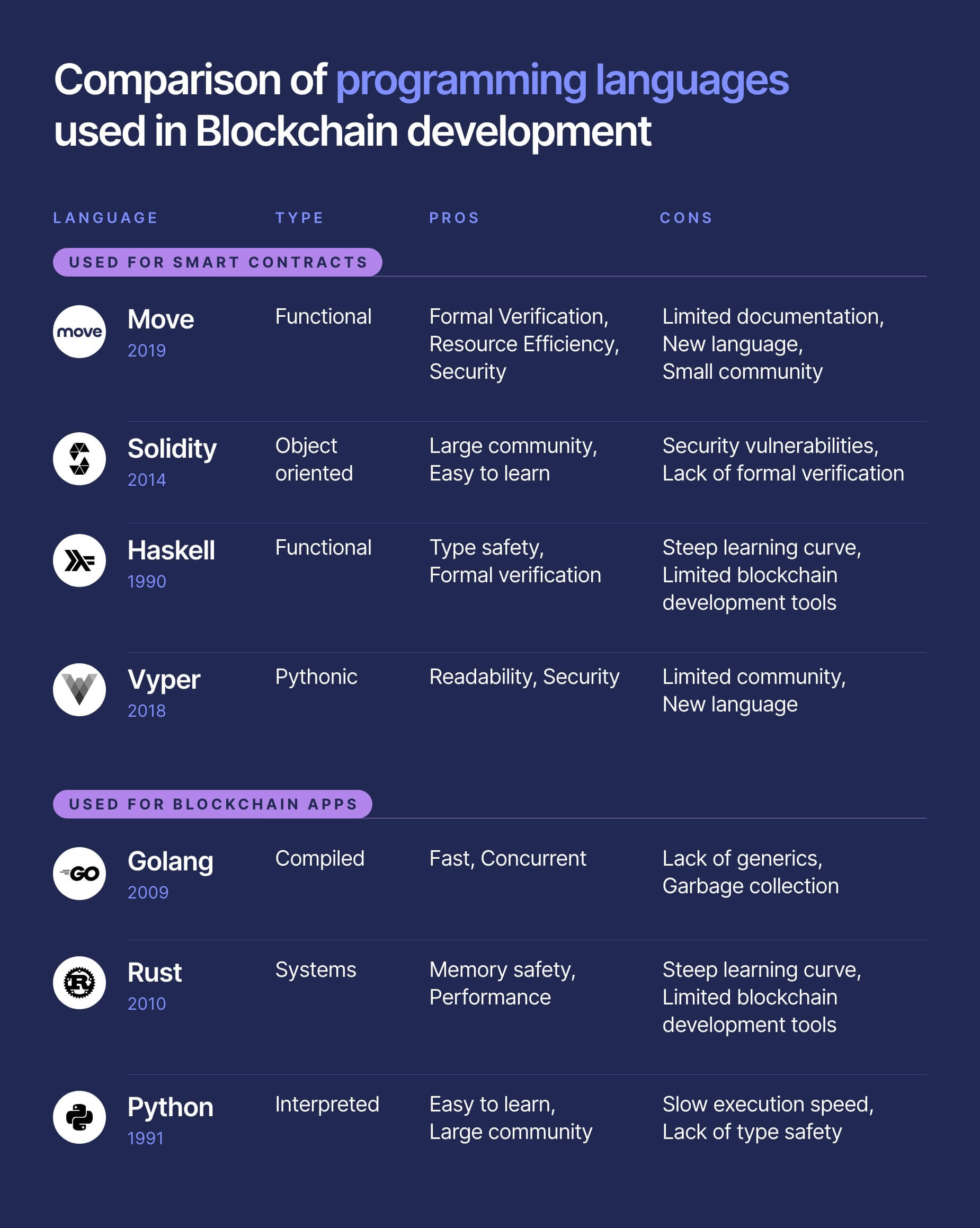
Note: It's important to keep in mind that different programming languages are better suited for different use cases and preferences may vary.
Future of Move programming language in blockchain development
The future of the Move programming language in blockchain development is promising. As blockchain technology continues to gain mainstream adoption, there is a growing need for programming languages that prioritize security, scalability, and flexibility. This programming language was specifically designed to address these needs, making it an ideal option for developing robust and secure blockchain-based applications.
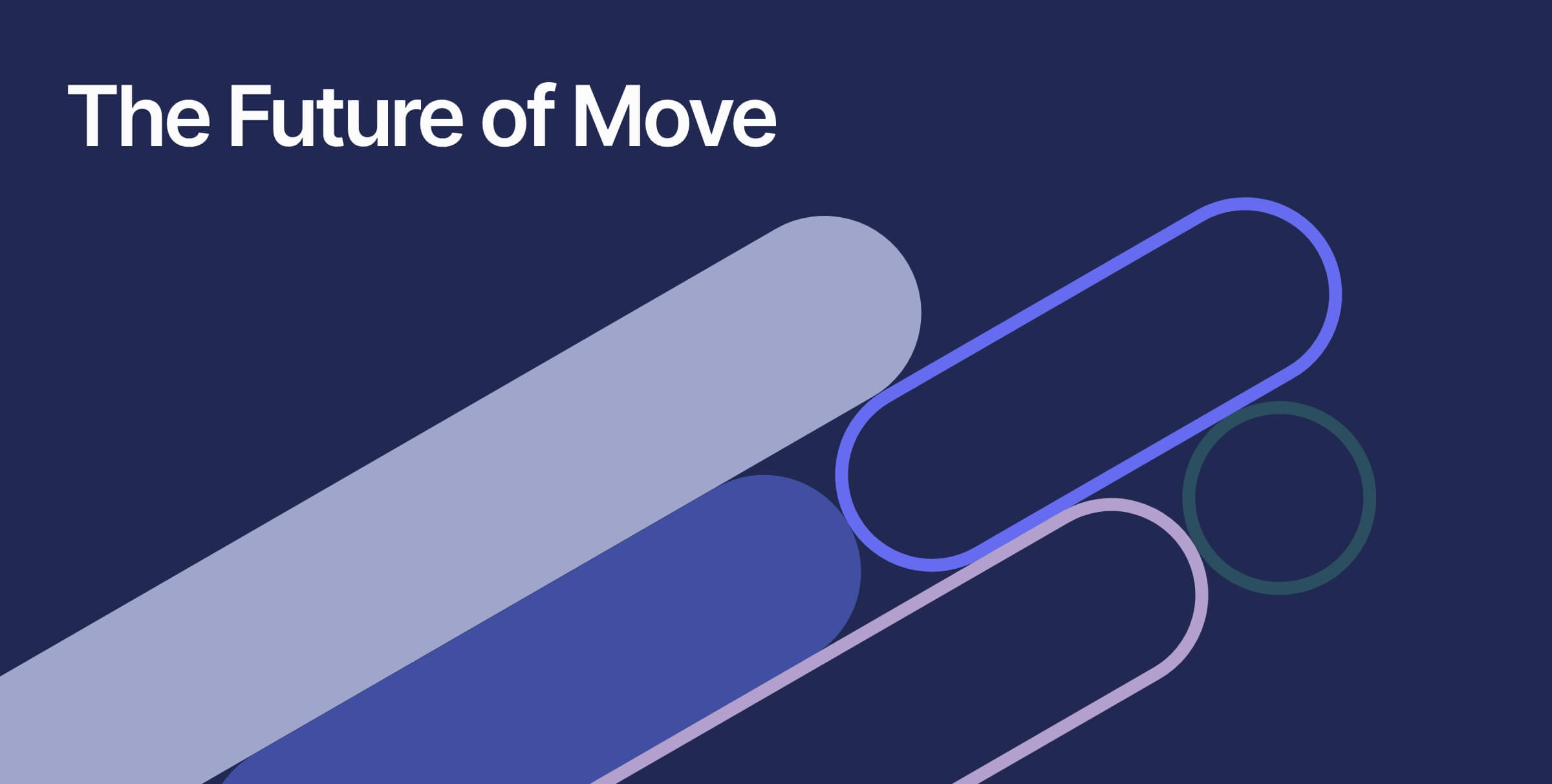
As the Libra blockchain gains traction and adoption, the demand for developers with Move language expertise is likely to increase. Additionally, the unique features of Move, such as the linear resource model and strong typing, provide an alternative to other popular blockchain programming languages like Solidity, making it an attractive option for developers looking to build secure and efficient smart contracts.
However, the success of Move will ultimately depend on the adoption and growth of the Libra blockchain. As with any new technology, there are risks and uncertainties, and it remains to be seen how the Libra blockchain will be received by regulators, governments, and the public.
Conclusion
To summarize, the Move programming language presents a fresh approach to smart contract development that emphasizes security, reliability, and scalability. This makes it an attractive option for developers seeking to create blockchain applications. Its linear resource model and strong typing offer advantages over other popular blockchain programming languages like Solidity, Haskell, and Python. As demand for secure and scalable blockchain solutions continues to grow, the future of Move in blockchain development looks promising. It is expected that more developers will adopt Move as their go-to language for building blockchain solutions, leading to further innovation and advancements in the field.
Post Author

Explore Deep's insightful blog posts that help businesses stay ahead of the curve, explore new possibilities, and unlock the full potential of blockchain technology

